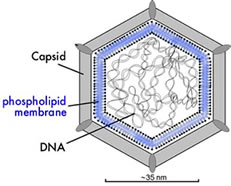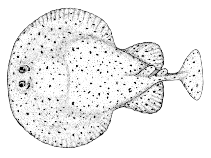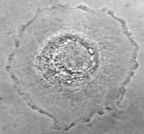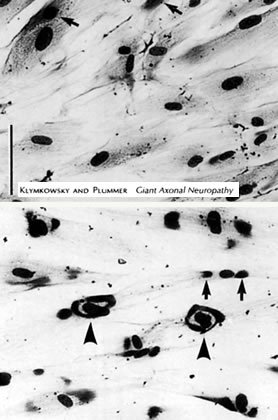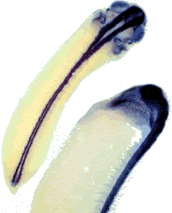|
During this time, I also had a great technician, Laurie Maynell who worked both on keratin reorganization in the early embryo (with Andy Polson, an undergraduate and Cory Nislow a rotation student, if I remember correctly), the role of keratins in gastrulation, and together with Karla Kirkegaard on the inhibition of poliovirus regulation by brefelding A.
We were then joined by Alla Karnovsky, a post doc, who worked on the role of plakoglobin (gamma-catenin) as a regulator of Wnt Signaling. John Merriam (a technician) and Adam Rubinstein (an undergraduate student), together with Yanni Vourgourakis (a graduate students) also worked on aspects of plakoglobin-wnt signaling. This led to collaborations with Grant Barish and Bart Williams (members of Harold Varmus's lab) and Aaron Zorn on Sox inhibition of beta-catenin mediated wnt signaling.
This was followed by studies with Chi Zhang on Soxs and Snail2 and Jianli Shi on Snail2 and Centrin (which is were are current efforts are focussed.
|

